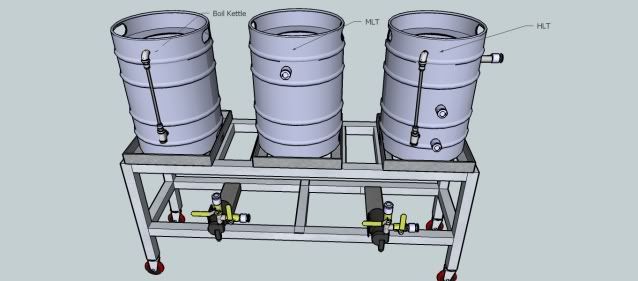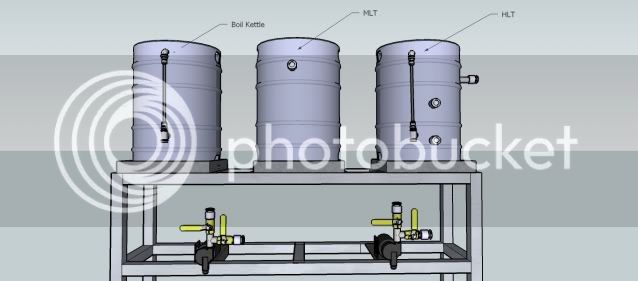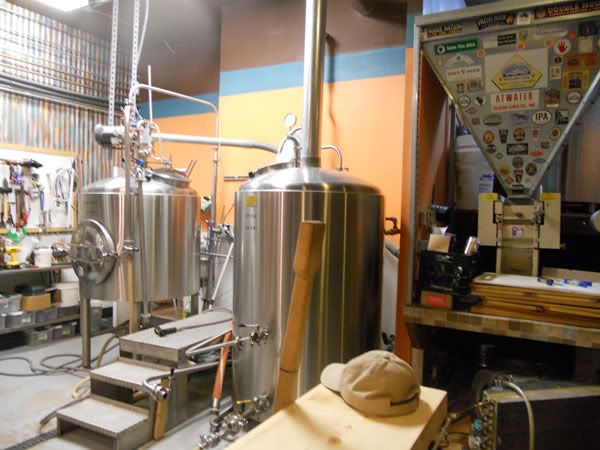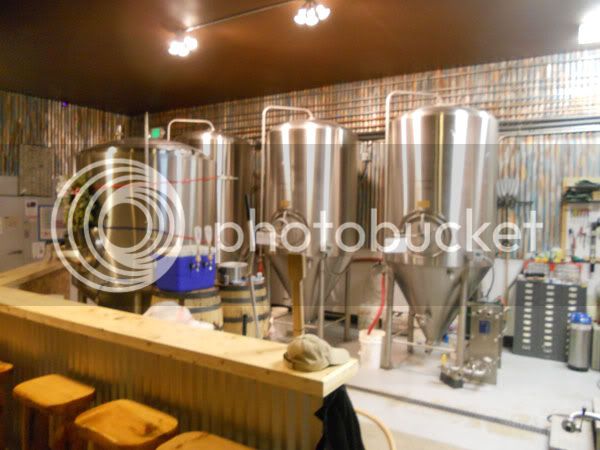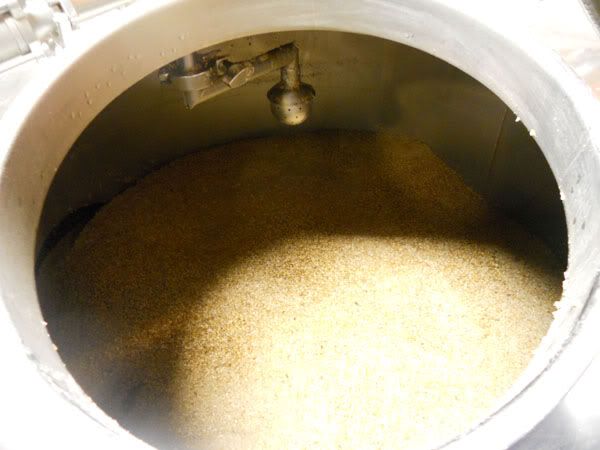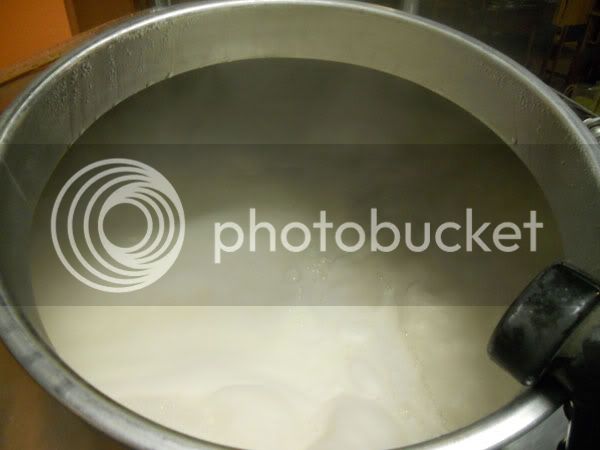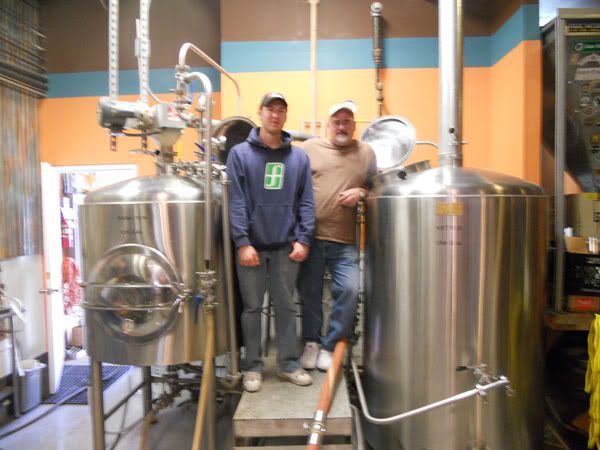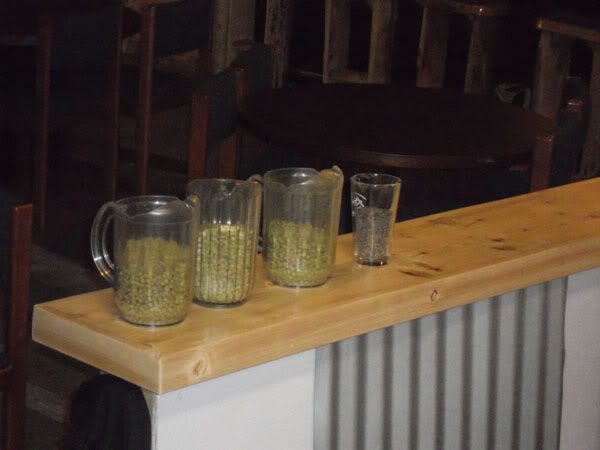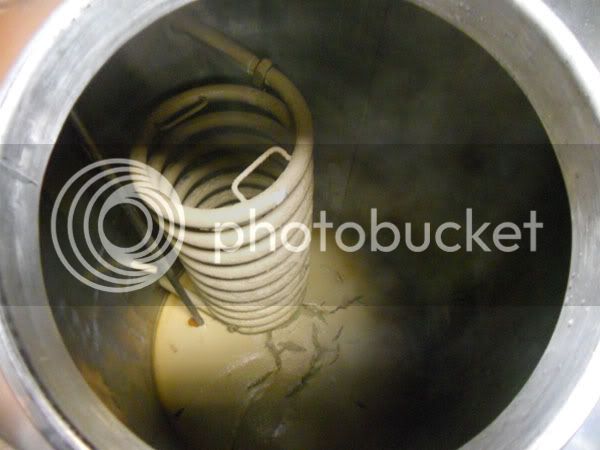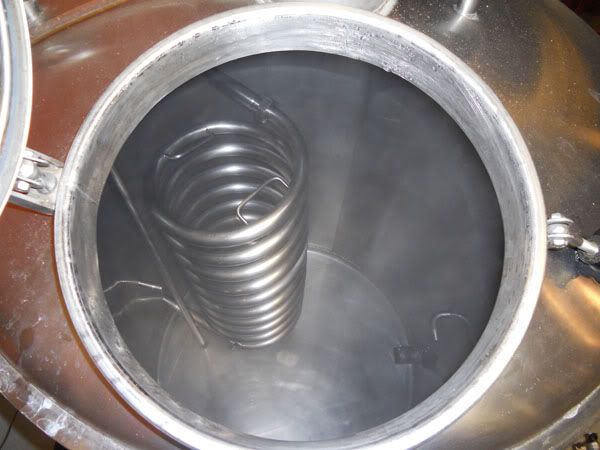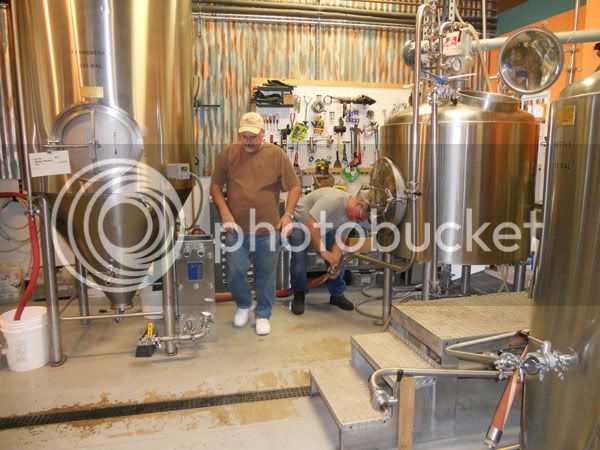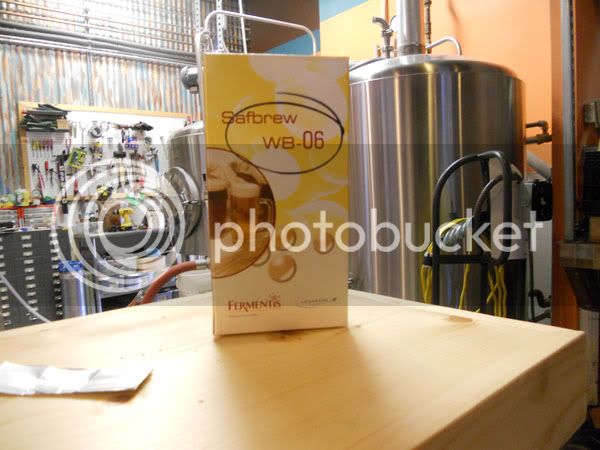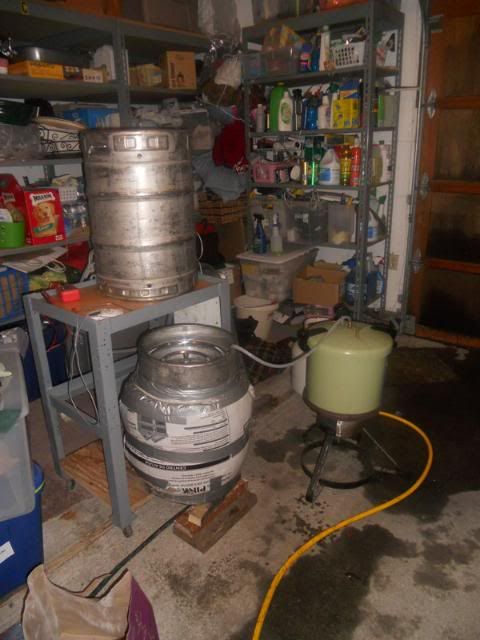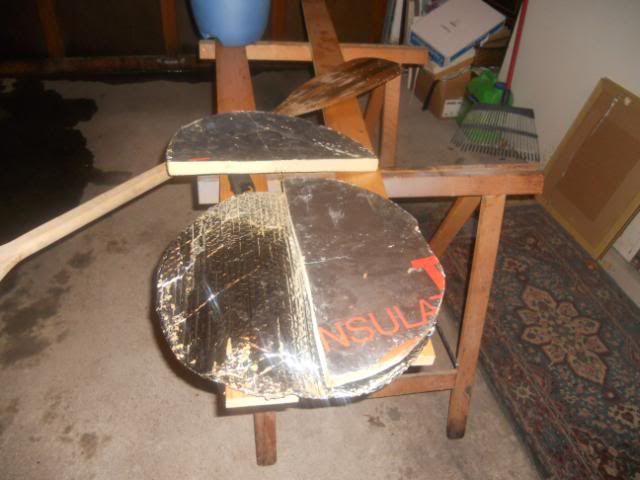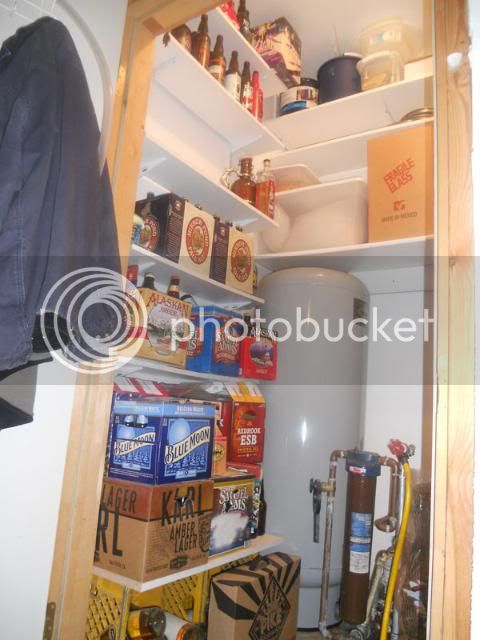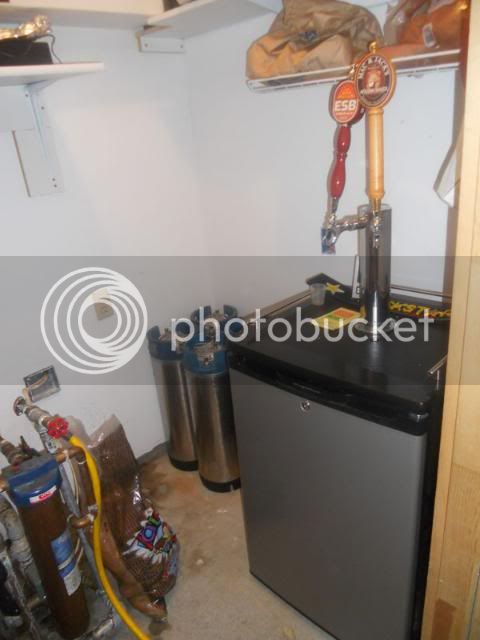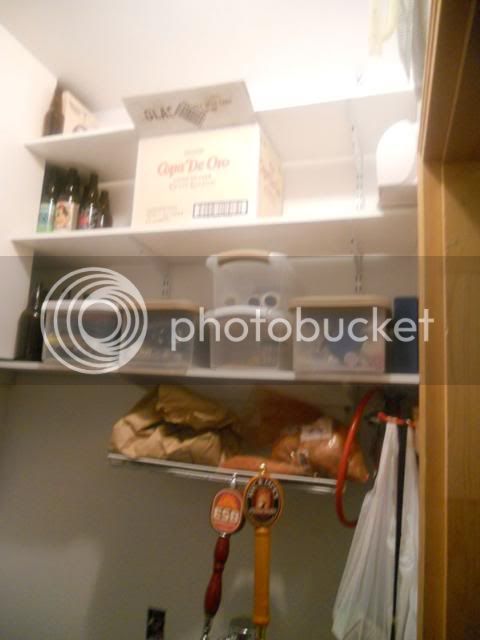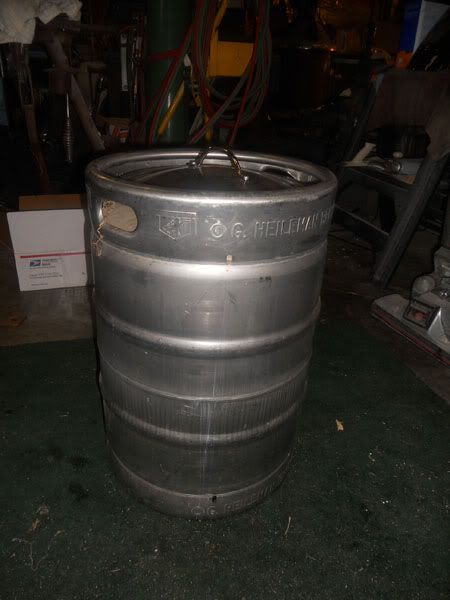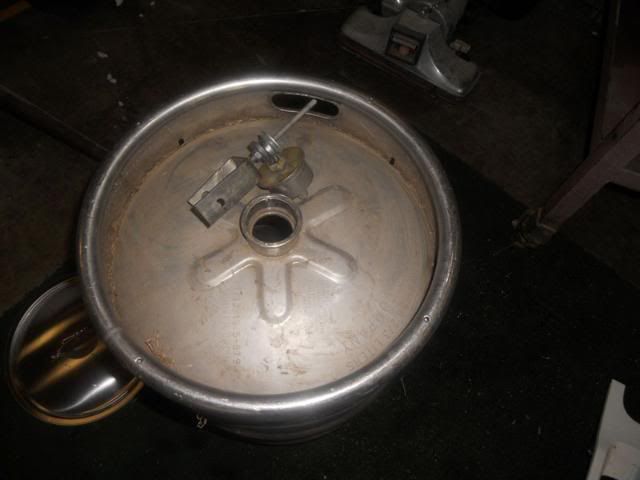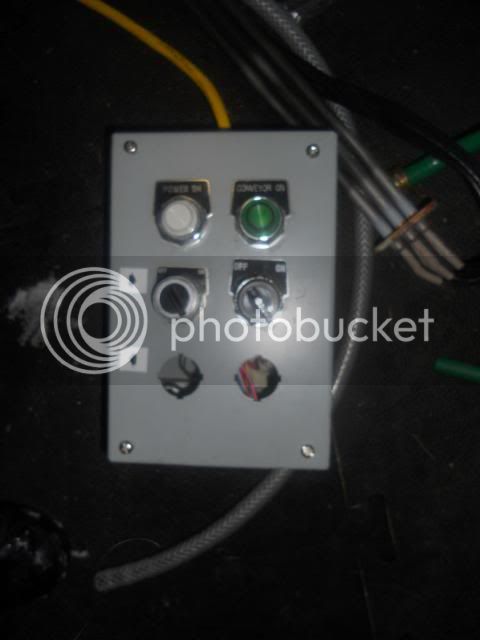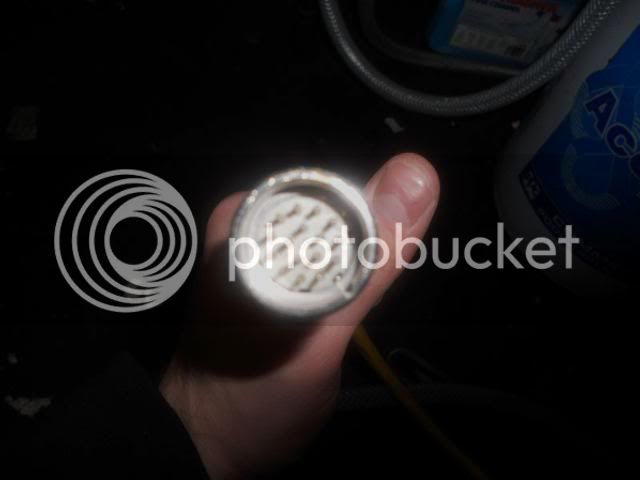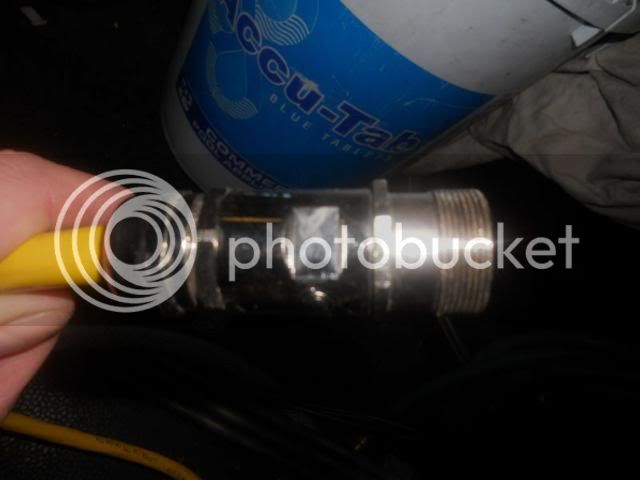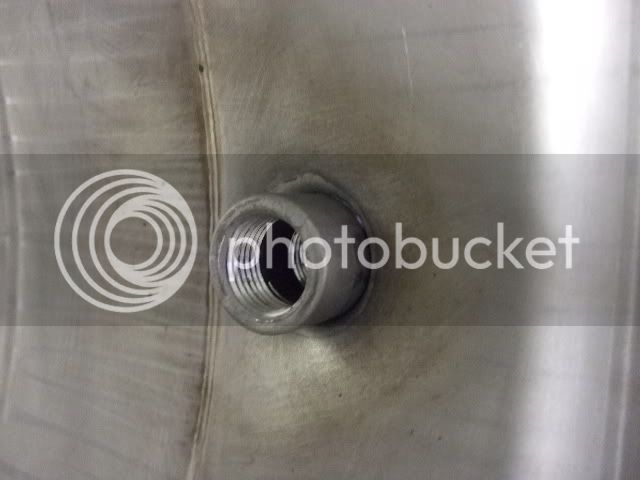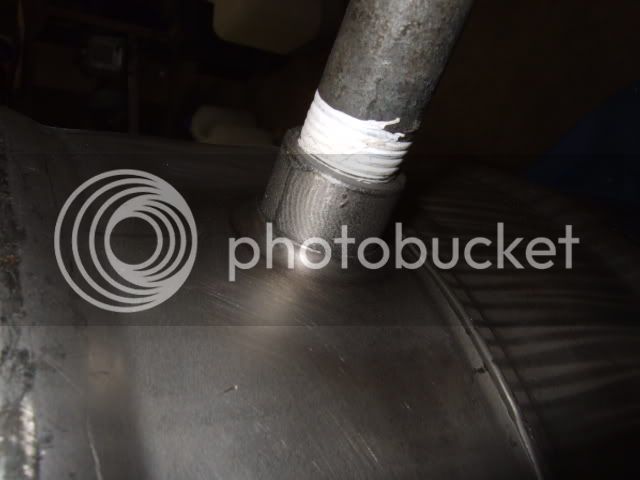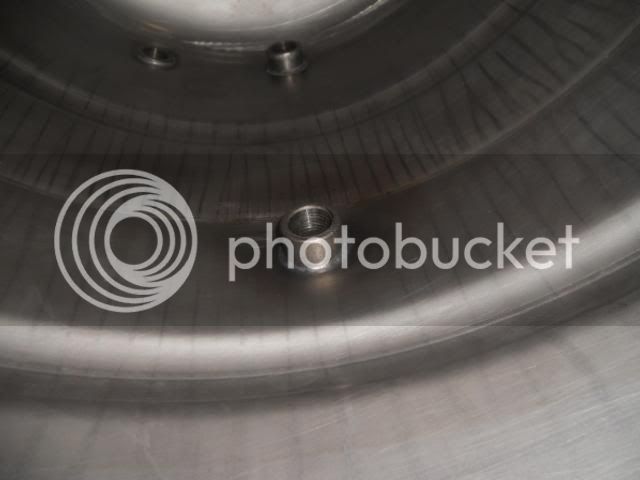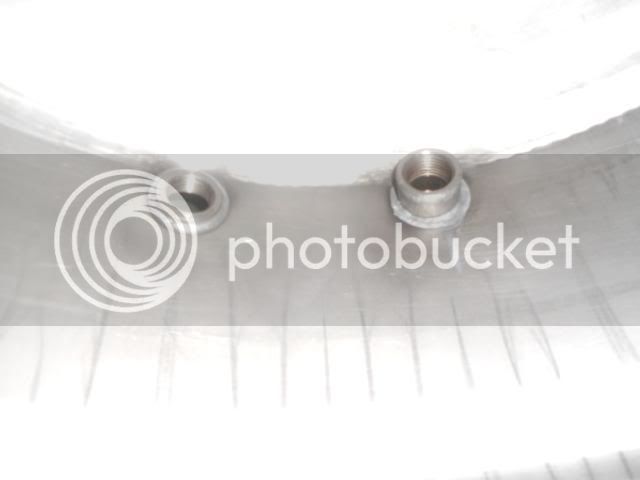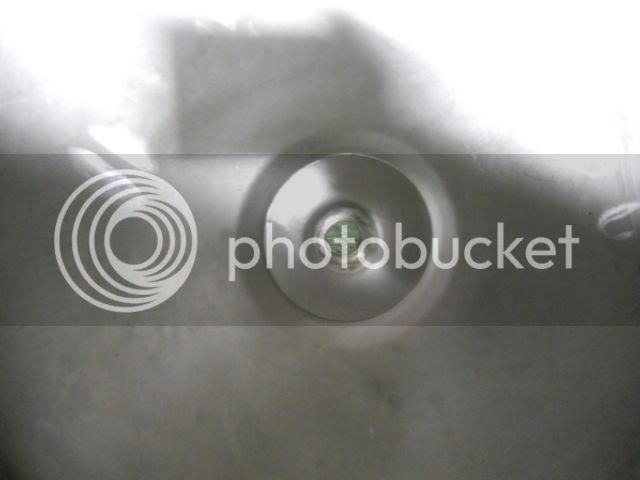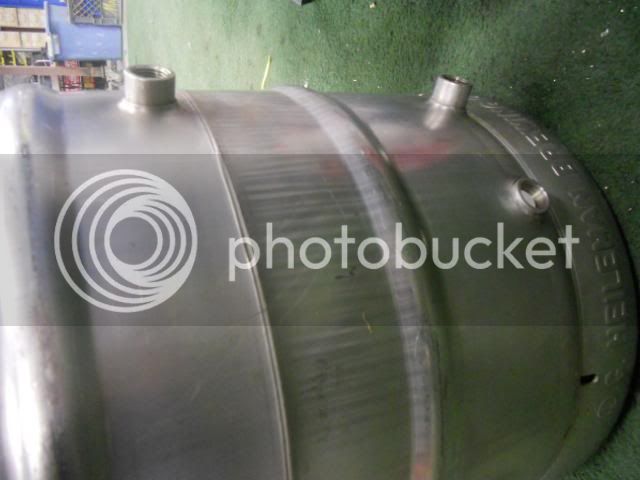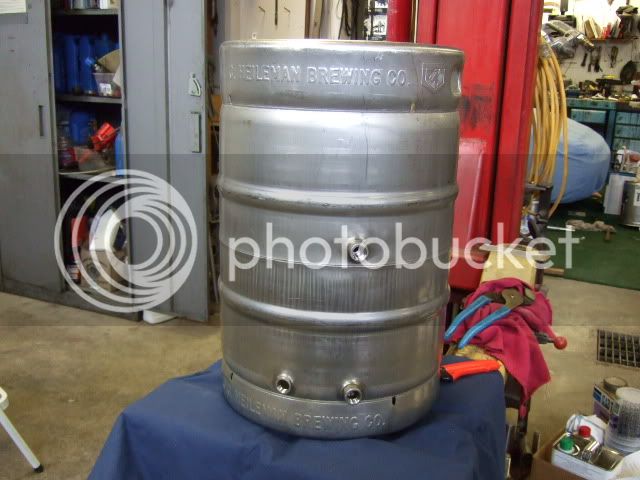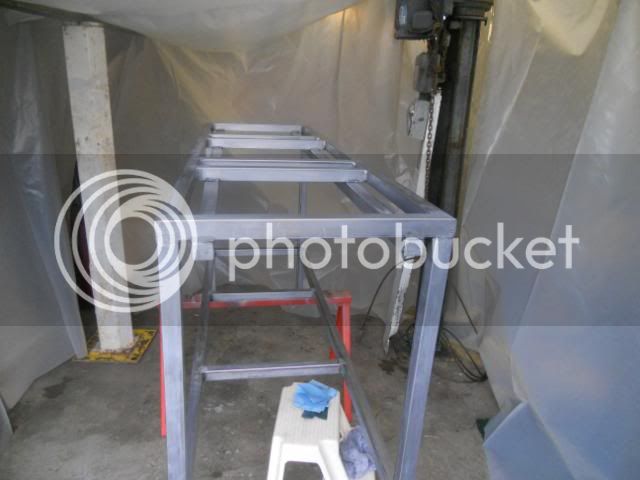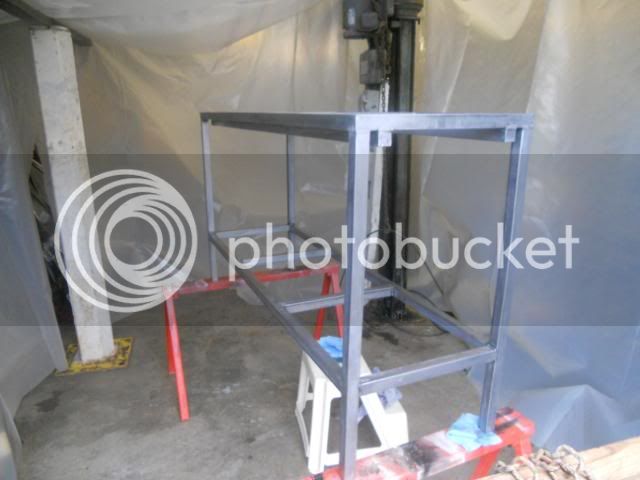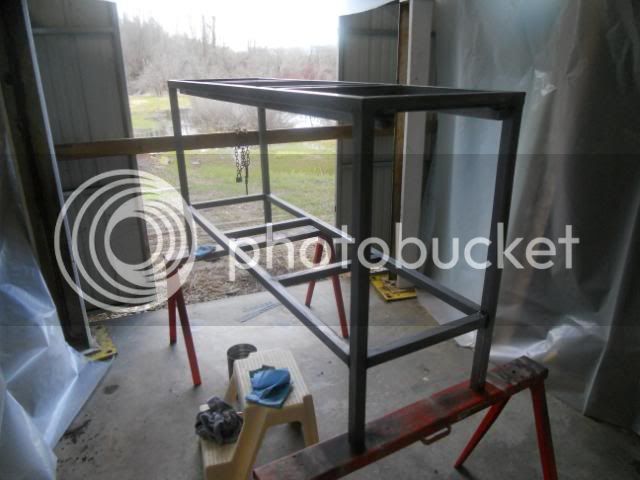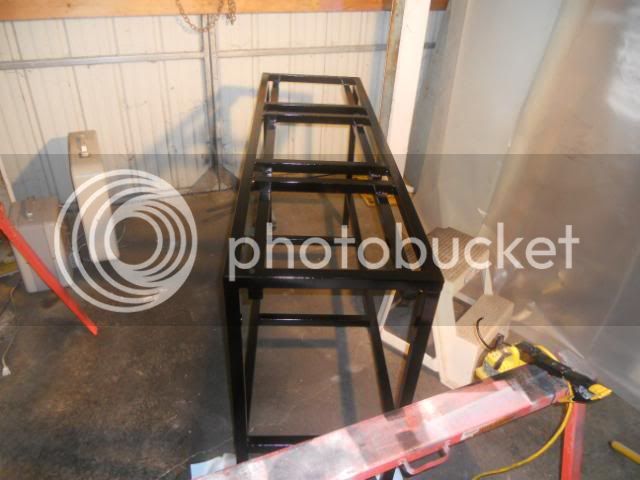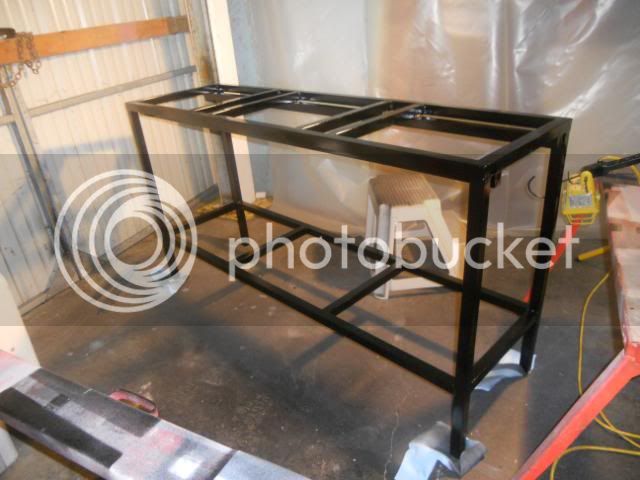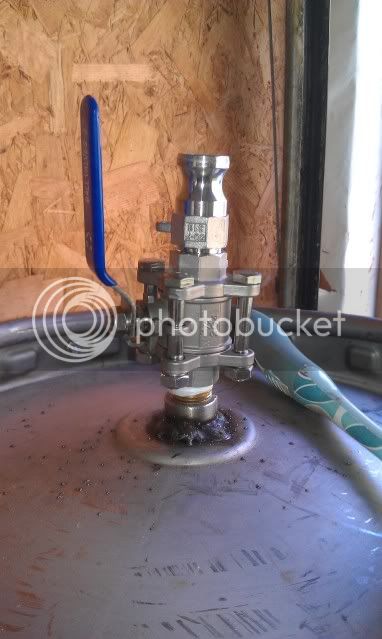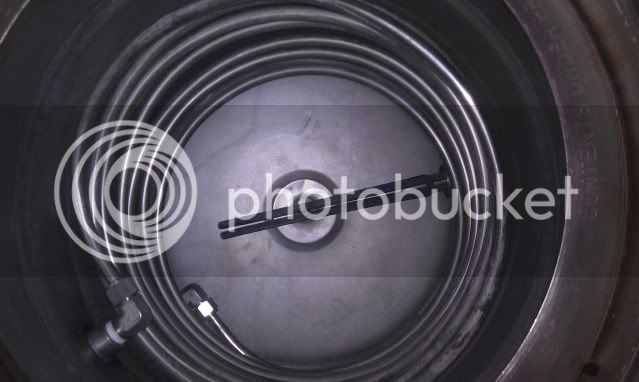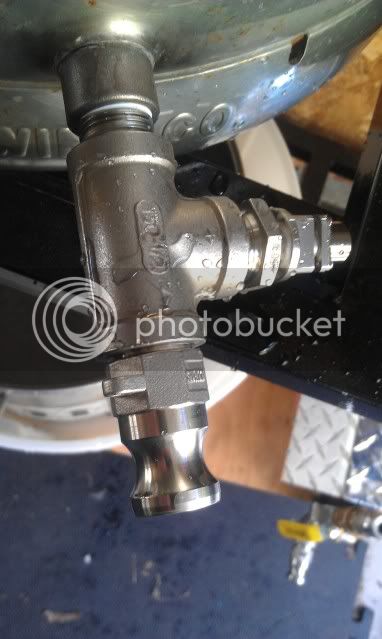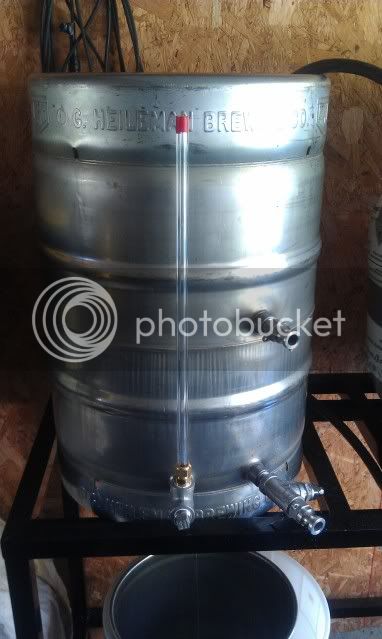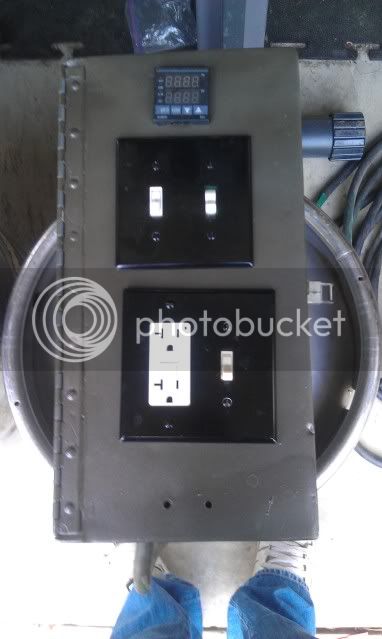GC89
Well-Known Member
My set up has served me well, ok I take that back........ it has managed to pull off some damn good beers. However I am tired of moving kegs, having to run through all of my sparges before transferring anything to the boil kettle and struggling to maintain mash temps. I am also tired of dealing with my poorly designed and cumbersome bucket chiller so I figure its time to go HERMS. Im currently in the planning stages and looking for another keg to start the HLT, then when I get my hands on a second sanke I will convert my current BK to a MLT and be set.
Even though I will probably be completing this build in segment as funding and parts become available I want to do everything right. So those of you who have HERMS systems what features would you recommend and what do you wish you would have done.
Here is what I would like my Stand to look like. BK on right, MLT middle, HLT left ( I will likely flip the order)
the two ports on the HLT will be for the HERMS coil in and out with male cam locks on both. The side port will be to hook a hose for filling, or to circulate the MLT water to even the temp out once I get a second pump.
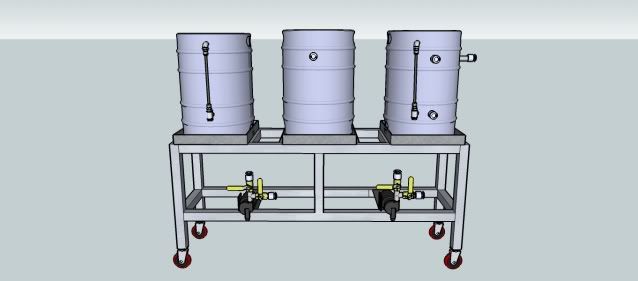
The Port on the MLT will be to pump initial and sparge water in. I was even contemplating building a QD manifold to lock on the inside if I go to fly sparging again once I get a second pump.
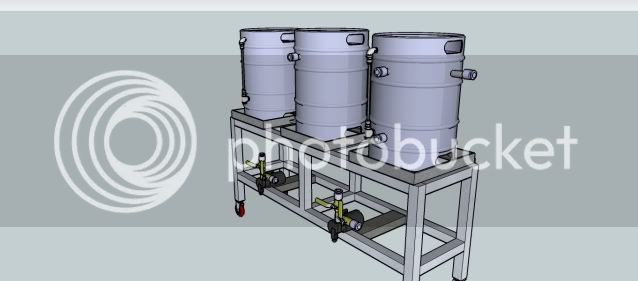
I was planning on filling the BK from the bottom port
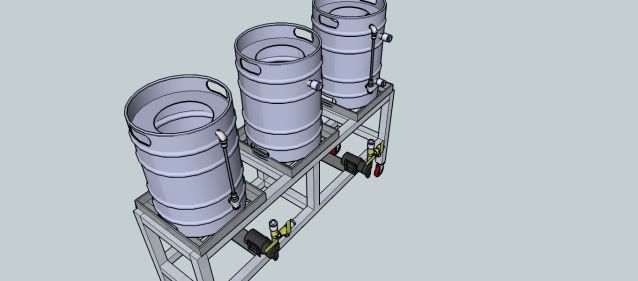
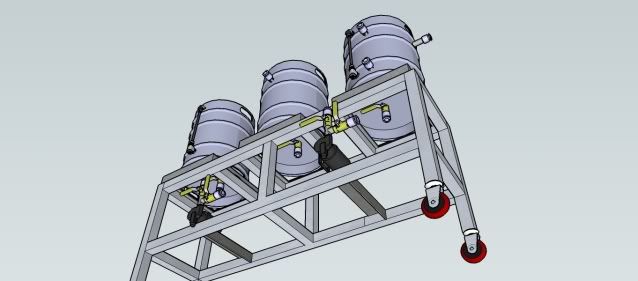
I currently have 1 auber PID, and will likely run only one for a short time. I have a 3 prong plug in my box with my element lead plugged into it so I could easily switch between the HLT and BK element and get by with only a temp probe in the HLT.
Eventually I would like to have
2 PIDs
A thermocouple in both the HLT and BK.
2 Pumps
My first question is what is the optimum placement for the thermocouple in the HLT, the hot water will rise so near the top of the coil? or in the middle to take an average reading?
I have also seen people who monitor the output temp of the HERMS coil. This could be done with just a temp probe but only effective for monitoring. Or the PID thermocouple could be used so that it maintains the temp of the recirculating wort but then how do you properly heat your sparge water?
Im sure I will think of many more questions
Even though I will probably be completing this build in segment as funding and parts become available I want to do everything right. So those of you who have HERMS systems what features would you recommend and what do you wish you would have done.
Here is what I would like my Stand to look like. BK on right, MLT middle, HLT left ( I will likely flip the order)
the two ports on the HLT will be for the HERMS coil in and out with male cam locks on both. The side port will be to hook a hose for filling, or to circulate the MLT water to even the temp out once I get a second pump.

The Port on the MLT will be to pump initial and sparge water in. I was even contemplating building a QD manifold to lock on the inside if I go to fly sparging again once I get a second pump.

I was planning on filling the BK from the bottom port


I currently have 1 auber PID, and will likely run only one for a short time. I have a 3 prong plug in my box with my element lead plugged into it so I could easily switch between the HLT and BK element and get by with only a temp probe in the HLT.
Eventually I would like to have
2 PIDs
A thermocouple in both the HLT and BK.
2 Pumps
My first question is what is the optimum placement for the thermocouple in the HLT, the hot water will rise so near the top of the coil? or in the middle to take an average reading?
I have also seen people who monitor the output temp of the HERMS coil. This could be done with just a temp probe but only effective for monitoring. Or the PID thermocouple could be used so that it maintains the temp of the recirculating wort but then how do you properly heat your sparge water?
Im sure I will think of many more questions













































![Craft A Brew - Safale S-04 Dry Yeast - Fermentis - English Ale Dry Yeast - For English and American Ales and Hard Apple Ciders - Ingredients for Home Brewing - Beer Making Supplies - [1 Pack]](https://m.media-amazon.com/images/I/41fVGNh6JfL._SL500_.jpg)











